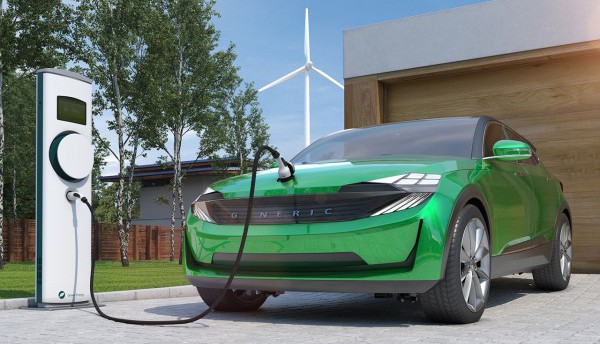
Pacific Gas and Electric Co. (PG&E), Nissan and Fermata Energy are jointly working on a pioneering project that incorporates electric vehicles and bidirectional charging technologies into a microgrid for enhanced grid support and energy resilience, according to a Nov. 13 news release.
The collaboration focuses on using previous-generation electric vehicles, specifically model year 2020-21 Nissan LEAF vehicles, equipped with CHAdeMO quick charge ports and bidirectional charging stations as part of the Redwood Coast Airport microgrid in McKinleyville, California.
PG&E tested the Nissan LEAF with Fermata Energy's vehicle-to-everything (V2X) optimization platform at its Applied Technology Services Center before integrating the equipment into the microgrid. The collaborative effort includes PG&E, Nissan, Fermata Energy, the Schatz Energy Research Center at Cal Poly Humboldt and the Humboldt County Aviation Division. Their aim is to expand the microgrid's capacity to power the airport during grid outages and contribute to statewide grid stability.
PG&E's Vice President Mike Delaney highlighted the innovative solution of integrating bidirectional chargers and EVs for enhancing grid resilience. The project showcases vehicle-to-microgrid technologies, which are part of PG&E's grid resilience initiatives.
Fermata Energy's V2X platform, with bidirectional chargers, aims to transform EVs into energy assets providing cost savings, grid services and enhanced energy resilience. Fermata Energy COO Hamza Lemsaddek noted that the pilot offers a scalable model for communities to utilize EVs as distributed energy resources. The project incorporates microgrid control functionality developed by the Schatz Center to manage solar and battery energy effectively, enhancing local and broader grid stability.
David Carter from the Schatz Energy Research Center emphasized the project's role in advancing local resiliency and contributing to community microgrids across California's rural north coast. As part of the project, the Humboldt County Aviation Division purchased a Nissan LEAF, and another was provided by Nissan, both contributing to grid usage offset and cost savings.
Rich Miller, Vice President of Vehicle Connected Services at Nissan U.S. and Canada, commented on the project's potential to support local energy needs and sustainability. The EV fleet also participates in California's Emergency Load Reduction Program, allowing the vehicles to generate revenue by supporting the grid during stress periods.
The project partners anticipate learning valuable insights for new grid architectures supporting California's renewable energy goals. PG&E's V2X pilot offerings explore how EVs can provide backup power, optimize charging, integrate renewable resources, and align charging with real-time energy costs. PG&E offers financial incentives for participating customers, especially those in disadvantaged communities, to help offset the costs of bidirectional EV chargers.
This content may be AI-assisted and is composed, reviewed, edited, and approved by S&P Global








